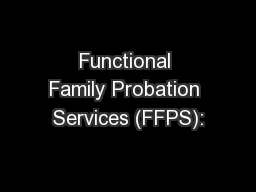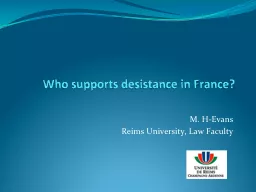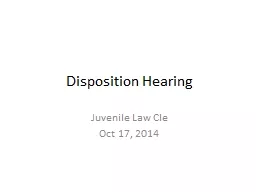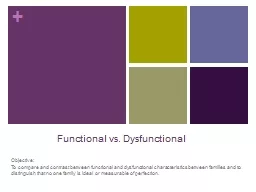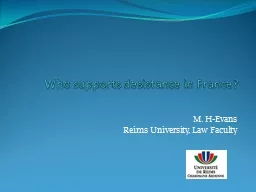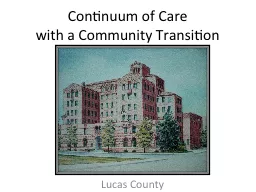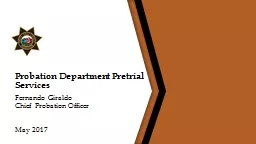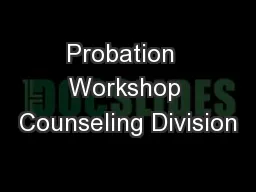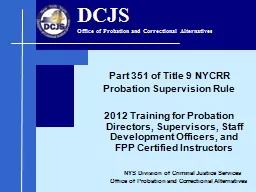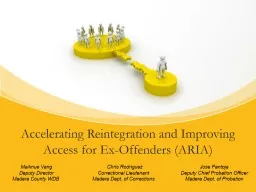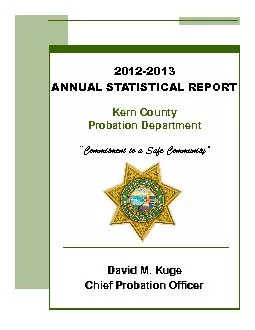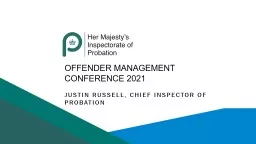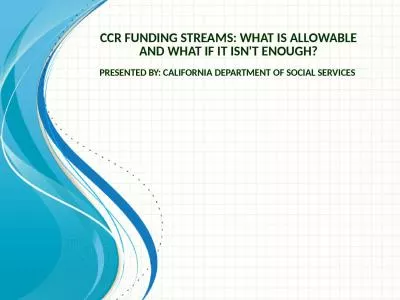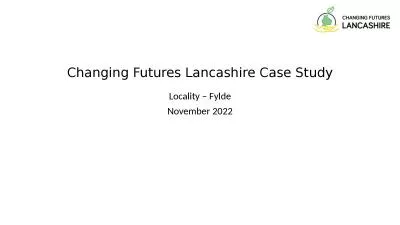PPT-Functional Family Probation Services (FFPS):
Author : phoebe-click | Published Date : 2017-06-09
Relational Context Copyright FFT Inc 2012 Kellie Armey LISWS FFT LLC California Symposium April 2016 FFP context Youth Family Multi systemprogram involved Child
Presentation Embed Code
Download Presentation
Download Presentation The PPT/PDF document "Functional Family Probation Services (FF..." is the property of its rightful owner. Permission is granted to download and print the materials on this website for personal, non-commercial use only, and to display it on your personal computer provided you do not modify the materials and that you retain all copyright notices contained in the materials. By downloading content from our website, you accept the terms of this agreement.
Functional Family Probation Services (FFPS):: Transcript
Download Rules Of Document
"Functional Family Probation Services (FFPS):"The content belongs to its owner. You may download and print it for personal use, without modification, and keep all copyright notices. By downloading, you agree to these terms.
Related Documents

